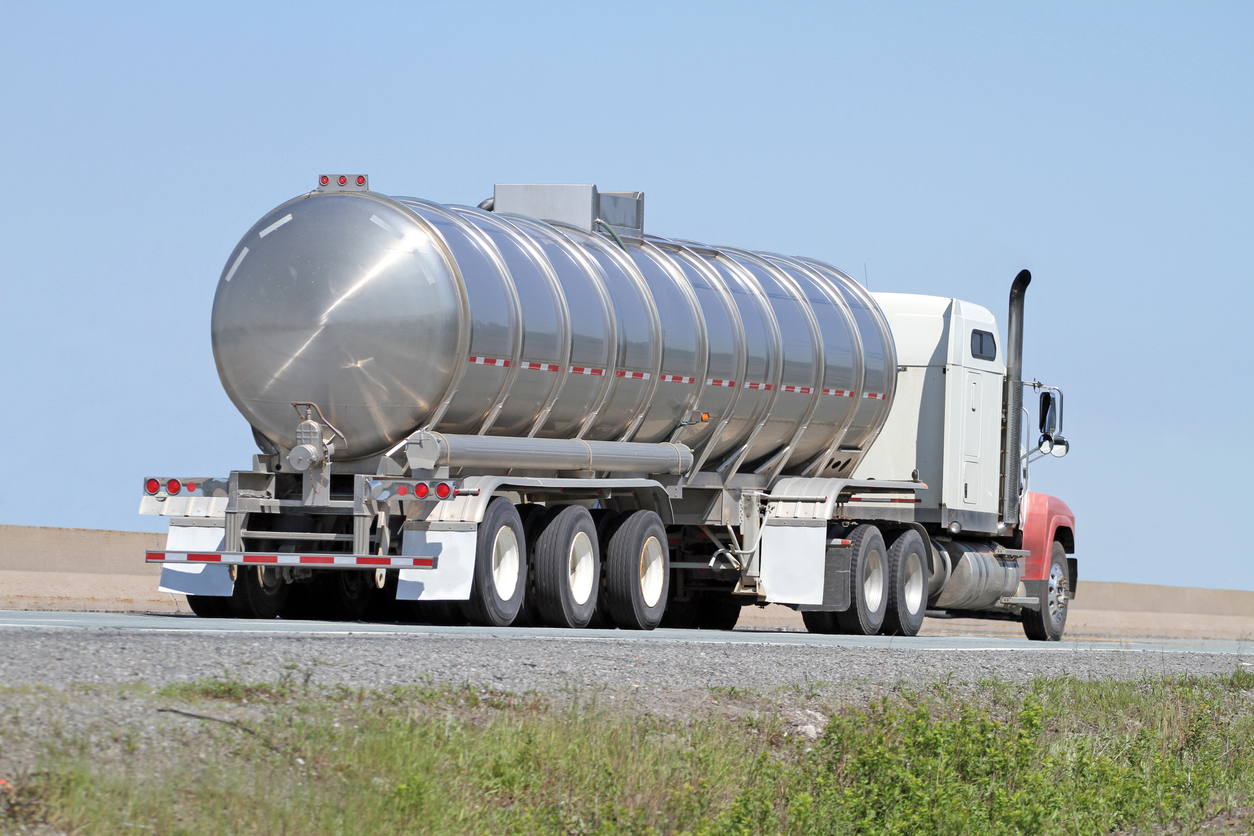
Running into bulk shipping problems can be costly and frustrating, especially if you’re shipping a liquid load. To avoid finger-pointing and needless confusion, it’s important to understand the distinctions between your responsibilities as the shipper, and those of the receiver and carrier. Here’s a guide of who is expected to handle which tasks when liquid bulk shipping in Canada.
Understanding the shipper’s responsibilities
As the shipper, there are certain things you’re expected to know about your load before it’s prepared for shipment. You’ll have to know your product’s properties and what type of equipment or certifications are required to safely ship it within Canada. You’re also expected to understand what regulations apply to whatever it is you’re shipping.
All this information needs to be clearly communicated to the carrier to ensure safe and secure shipping. The driver should be given any necessary seals, placards and anything else your shipment may require while on the road. You’re also responsible for ensuring your driver has all the required paperwork for your product, including the bill of lading (BOL).
A good rule of thumb is to inspect the trailer before loading to check that it’s dry, clean and free of any odours.
Understanding the carrier’s responsibilities
When liquid bulk shipping in Canada, make sure you find a trusted carrier who understands and fulfills their responsibilities. The carrier will provide a clean trailer that’s properly insured. It’s their responsibility to make sure their drivers are well trained, drug-free and follow all driver safety precautions.
Depending on the product, this could mean wearing personal protection equipment (PPE) for hazmat loads. In this case, some facilities may not allow drivers with a beard to deliver, since facial hair makes it difficult to properly fit a respirator. Again, the carrier should be aware of these restrictions and manage them accordingly.
Hoses, fittings, pumps, compressors and other equipment should be provided by the carrier. For liquid bulk shipping, standard equipment usually means two 20-foot lengths of hose and a pump. If there’s anything else your shipment needs, make sure you communicate that to the carrier.
Understanding the receiver’s responsibilities
Receivers have many crucial tasks that must be completed to ensure your products are safely unloaded. Apart from providing a safe, clean environment for unloading, they’re responsible for checking that they have the right product and that it’s off-loaded into the correct receptacle. When your truck arrives, there should be another employee that monitors the unloading process so the driver can focus on what needs to be done at the truck.
Ensuring a smooth shipping process
Liquid bulk shipping in Canada doesn’t have to be a frustrating experience.
From the shipper to the carrier and receiver, there are a variety of tasks that need to be done to ensure a safe, efficient shipment.
To avoid any issues, it’s important to know what everyone involved is responsible for.
At Ship North America, we pride ourselves on providing a simple, safe shipping experience handled by our competent team. Through our member companies, the ShipNorthAmerica Network provides a broad range of services in specialized freight movement. Visit our blog for more articles, news and updates for the transportation industry.
